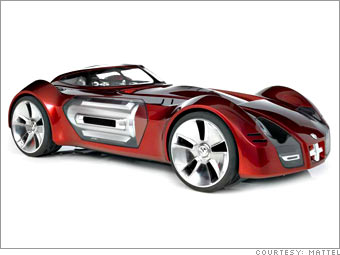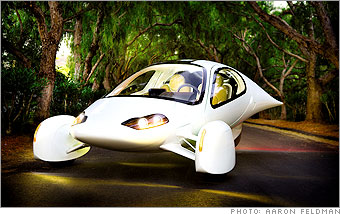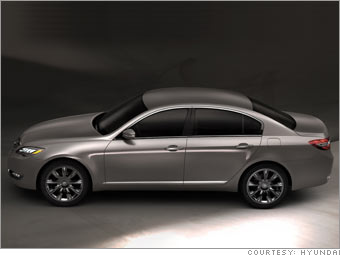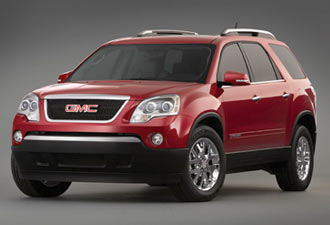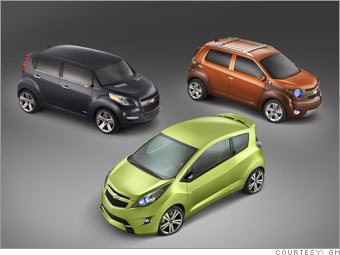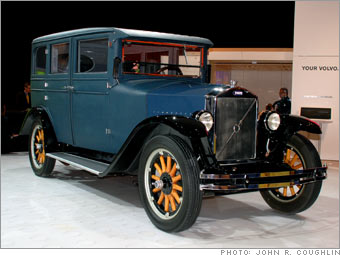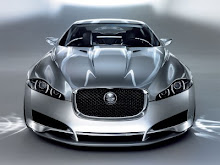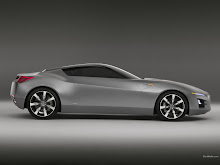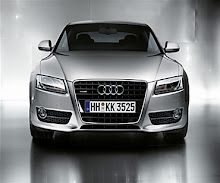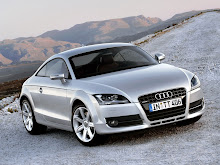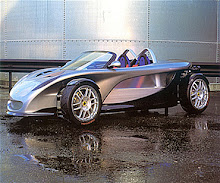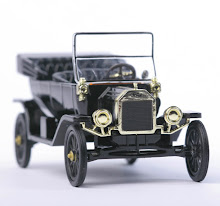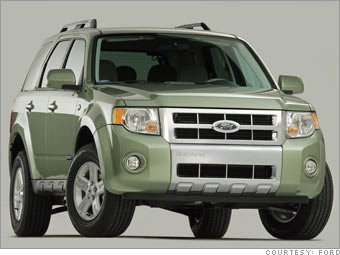
2007 Ford Escape Hybrid
Hybrid
Gas/electric hybrids use electric motors to assist a gasoline engine in driving the vehicle. In hybrid cars now on the market, the batteries for the electric motor are charged by the gasoline engine and by power recaptured during slowing and stopping of the vehicle.
Vehicle costs: Adds about $2,000 to $3,000, but hybrid models usually have unrelated additional features making it difficult to assess the cost of the hybrid feature alone.
Efficiency: Increases fuel efficiency by anywhere from 25 to 40 percent compared to vehicles with similar-sized gasoline engines.
Fuel costs: Uses gasoline, so reduces fuel costs to the same degree that it increases fuel efficiency
Performance: Depends on the setup. Can actually boost performance while still increasing fuel efficiency compared to a non-hybrid car. But more performance will mean less efficiency.
Greenhouse gases: In any vehicle, CO2 emissions vary directly with the amount of fuel burned, so hybrid vehicles reduce CO2 emissions to the same degree that fuel efficiency is improved.
Other pollution: Reduces emissions of other pollutants to the same degree that fuel efficiency is improved, assuming hybrid and non-hybrid vehicles are otherwise the same.
The future: General Motors is working on two new plug-in hybrid vehicles, but it has not set a specific timeline. A plug-in hybrid could have its batteries charged by plugging into an electrical outlet as well as by using power generated from an on-board engine. The first GM vehicle would be a plug-in version of the new Saturn Vue Hybrid. The other would be something like the Chevrolet Volt concept car, where the wheels are driven by electricity alone, and an on-board engine is used only for back-up generator power.
